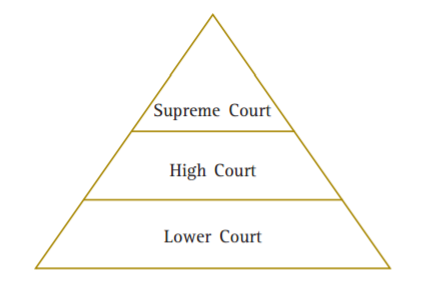Sponsor Area
TextBook Solutions for Punjab School Education Board Class 8 Social Science Social And Political Life Chapter 5 Judiciary
You read that one of the main Junctions of the judiciary is upholding the law and enforcing Fundamental Rights? Why do you think an independent judiciary is necessary to carry out this important function?
Only an independent judiciary are able to protect our Fundamental Rights. The judiciary should be above all prejudices.
The control over the judge does not allow the judge to take an independent decision. This lack of independence would force the judge to make all judgments in biased manners.
Sponsor Area
Sponsor Area
Mock Test Series
Mock Test Series






